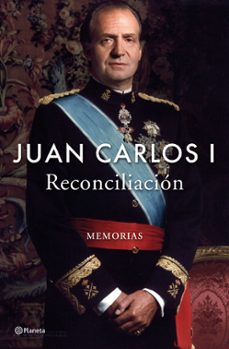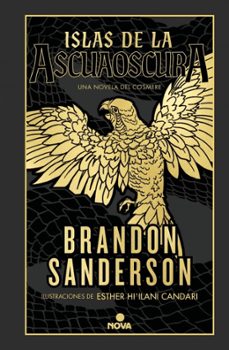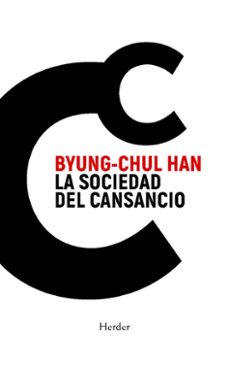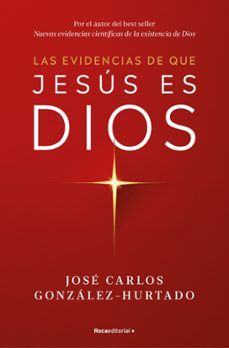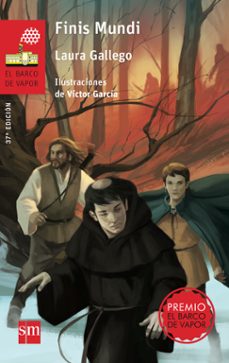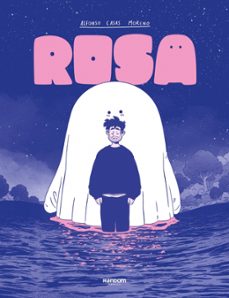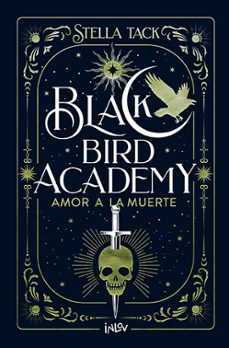📗 Libro en inglés THE COLLECTED WORKS OF CHÖGYAM TRUNGPA, VOLUME 7: THE ART OF CALLIGRAPHY (EXCERPTS)-DHARMA ART-VISUAL DHARMA
SHAMBHALA - 9781590300312
Sinopsis de THE COLLECTED WORKS OF CHÖGYAM TRUNGPA, VOLUME 7: THE ART OF CALLIGRAPHY (EXCERPTS)-DHARMA ART-VISUAL DHARMA
The Collected Works of Chögyam Trungpa brings together in eight volumes the writings of one of the first and most influential and inspirational Tibetan teachers to present Buddhism in the West. Organized by theme, the collection includes full-length books as well as articles, seminar transcripts, poems, plays, and interviews, many of which have never before been available in book form. From memoirs of his escape from Chinese-occupied Tibet to insightful discussions of psychology, mind, and meditation; from original verse and calligraphy to the esoteric lore of tantric Buddhism—the impressive range of Trungpa's vision, talents, and teachings is showcased in this landmark series.
Volume Seven features the work of Chögyam Trungpa as a poet, playwright, and visual artist and his teachings on art and the creative process, which are among the most innovative and provocative aspects of his activities in the West. While it includes material in which Trungpa Rinpoche shares his knowledge of the symbolism and iconography of traditional Buddhist arts (in Visual Dharma), this richly varied volume primarily focuses on his own, often radical creative expressions. The Art of Calligraphy is a wonderful showcase for his calligraphy, and Dharma Art brings together his ideas on art, the artistic process, and aesthetics. Tibetan poetics, filmmaking, theater, and art and education are among the topics of the selected writings.
Ficha técnica
Editorial: Shambhala
ISBN: 9781590300312
Idioma: Inglés
Encuadernación: Tapa dura
Fecha de lanzamiento: 25/05/2004
Especificaciones del producto
Escrito por Chögyam Trungpa
El maestro Chögyam Trungpa (Tíbet, 1939 - Canadá, 1987) introdujo la sabiduría del budismo tibetano en Occidente, hecho que, como creía firmemente, debía dar lugar al nacimiento de un nuevo budismo. Para ello, fundó la Naropa University en Boulder (Colorado), el programa de entrenamiento Shambhala y Vajradhatu, una asociación internacional de centros de meditación (conocida ahora como Shambhala International). Trungpa fue reconocido y educado como la reencarnación del undécimo Tulku Trungpa, y como abad del monasterio de Surmang en el Tíbet oriental. Huyó de su país después de la toma del poder por parte de los comunistas y marchó a la India como refugiado, en una auténtica odisea a pie por los Himalayas. Posteriormente viajó a Gran Bretaña, donde estudió el arte y la cultura occidental en la universidad de Oxford, para trasladarse a Norteamérica en 1970. Después de 17 intensos años de docencia y de dejar un valioso legado de enseñanzas sistemáticas del dharma, falleció en 1987, a los 47 años de edad, habiendo creado un método revolucionario de enseñanza espiritual, fresco y actual, pero totalmente fiel a la pureza de la tradición budista.
Descubre más sobre Chögyam Trungpa Recibe novedades de Chögyam Trungpa directamente en tu email
Opiniones sobre THE COLLECTED WORKS OF CHÖGYAM TRUNGPA, VOLUME 7: THE ART OF CALLIGRAPHY (EXCERPTS)-DHARMA ART-VISUAL DHARMA
¡Sólo por opinar entras en el sorteo mensual de tres tarjetas regalo valoradas en 20€*!

